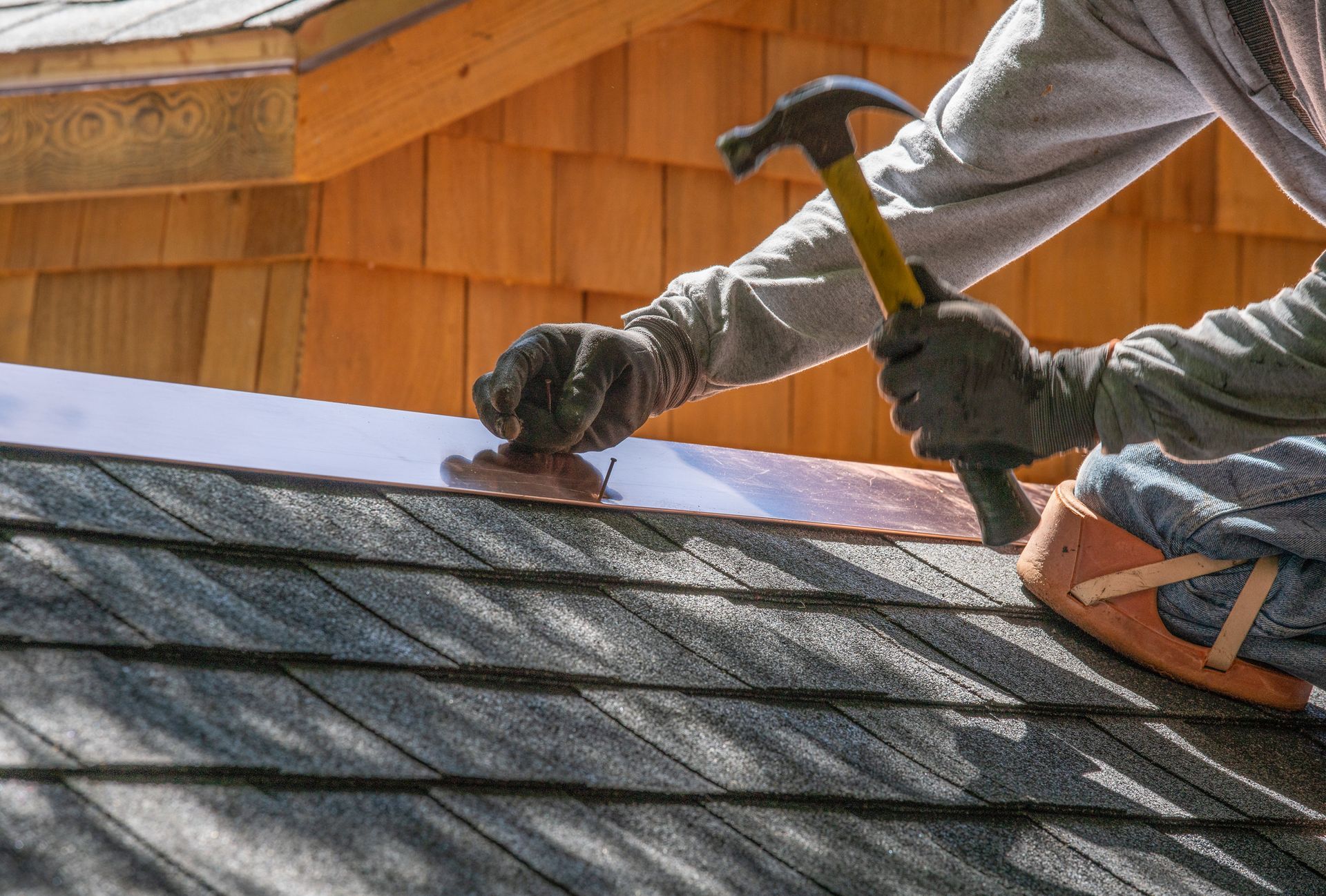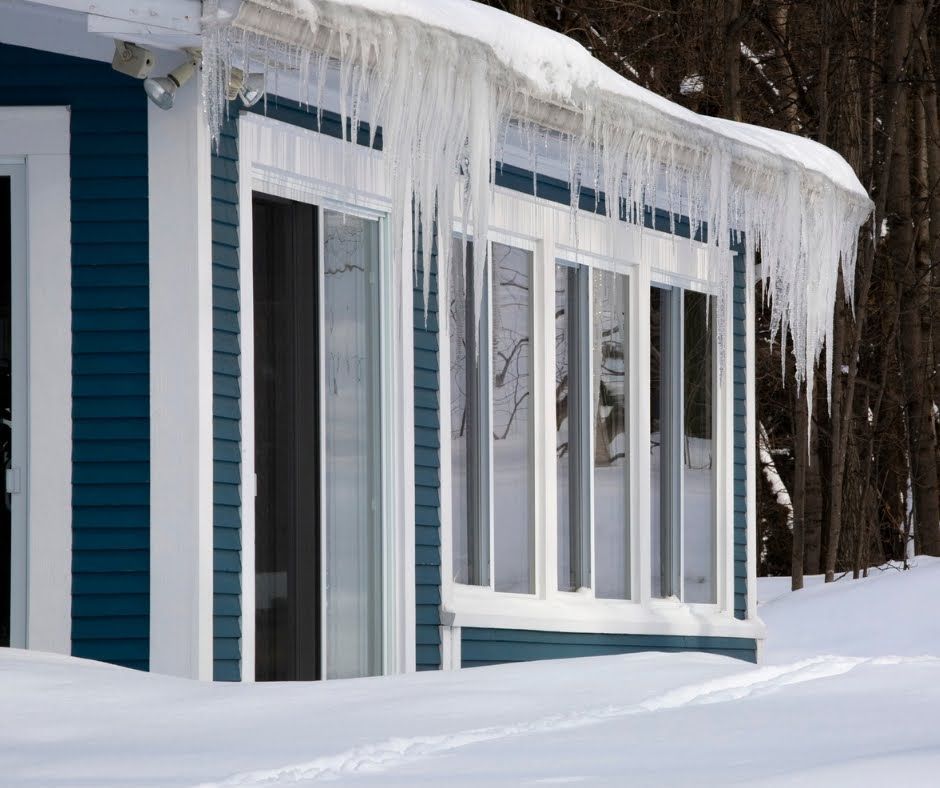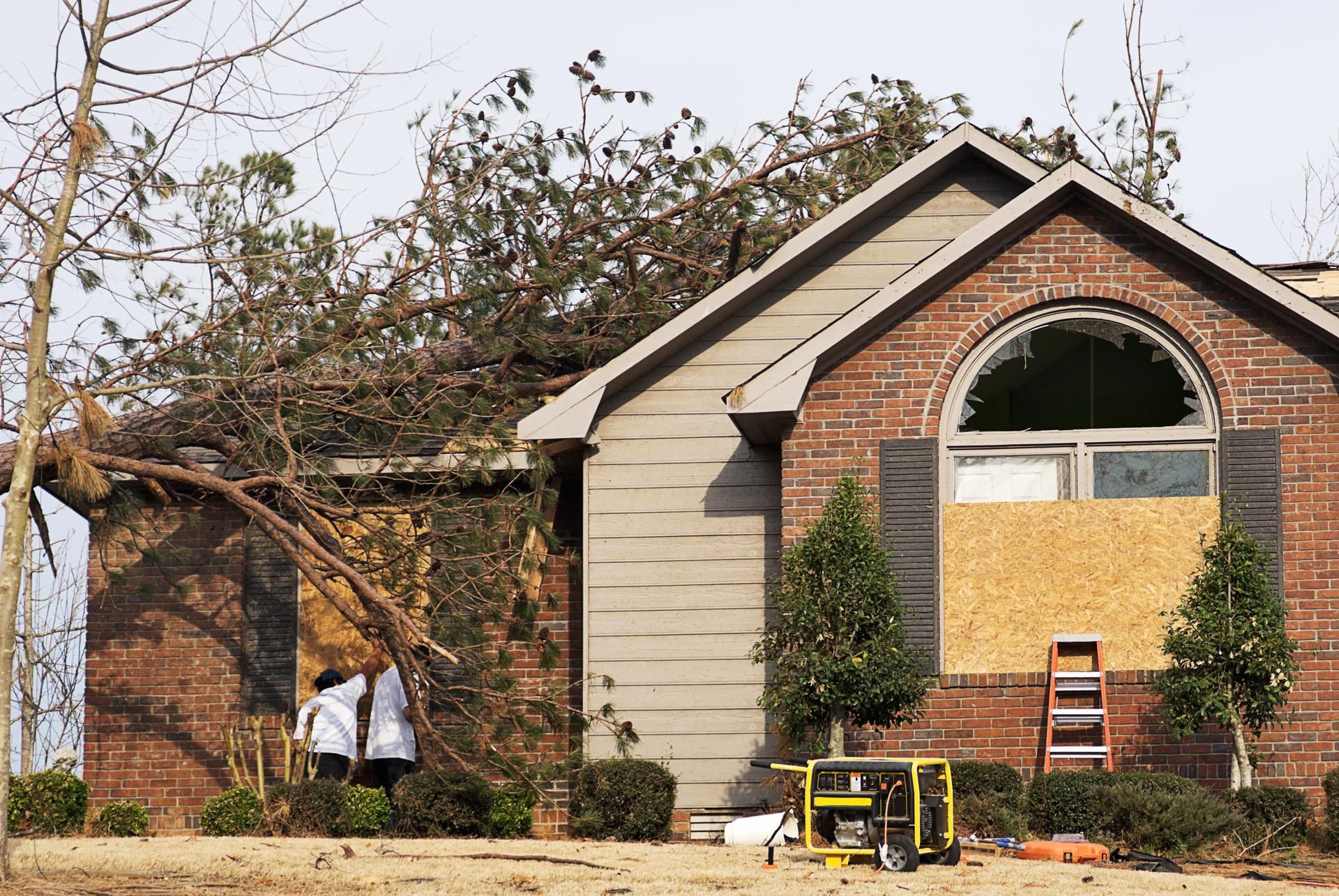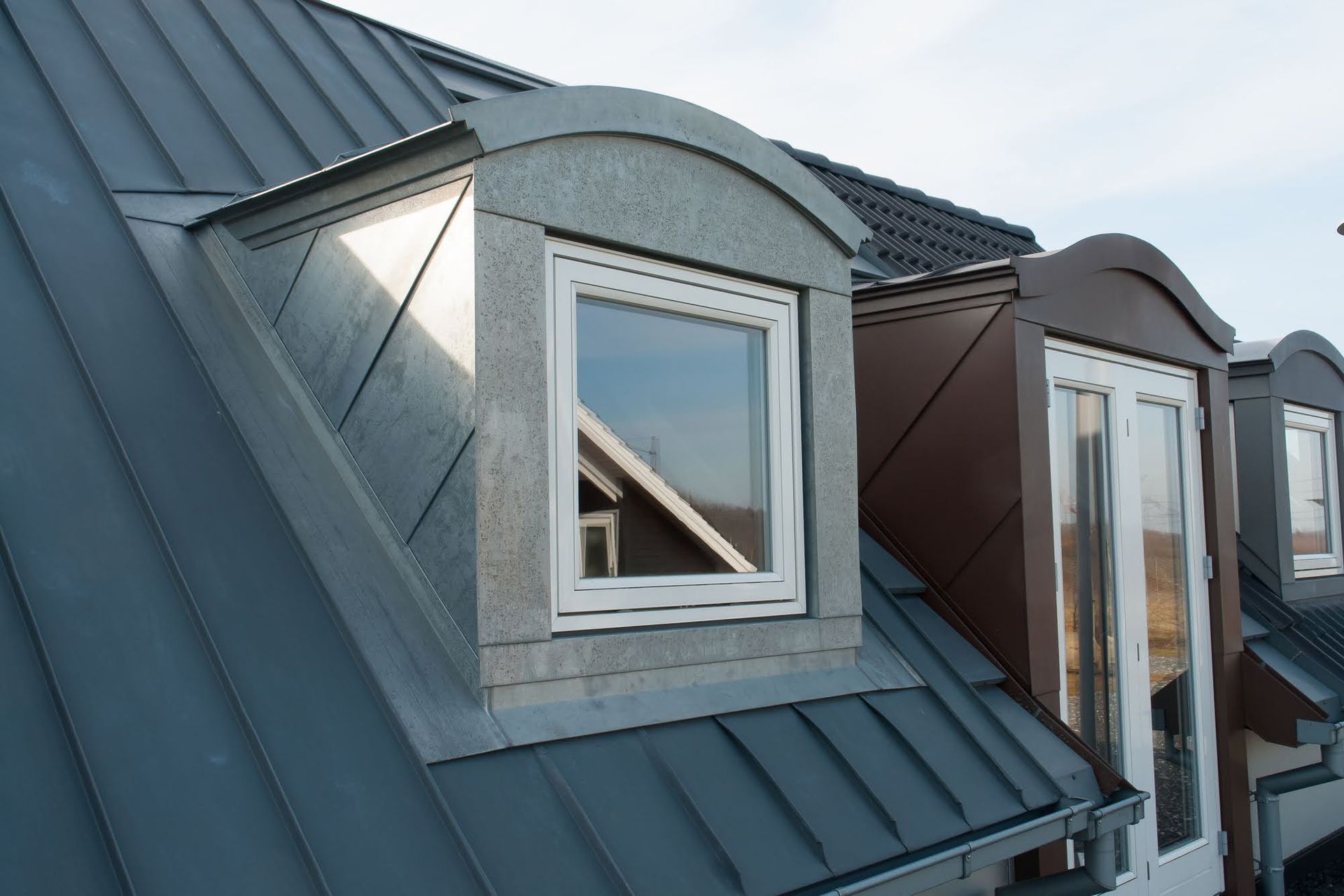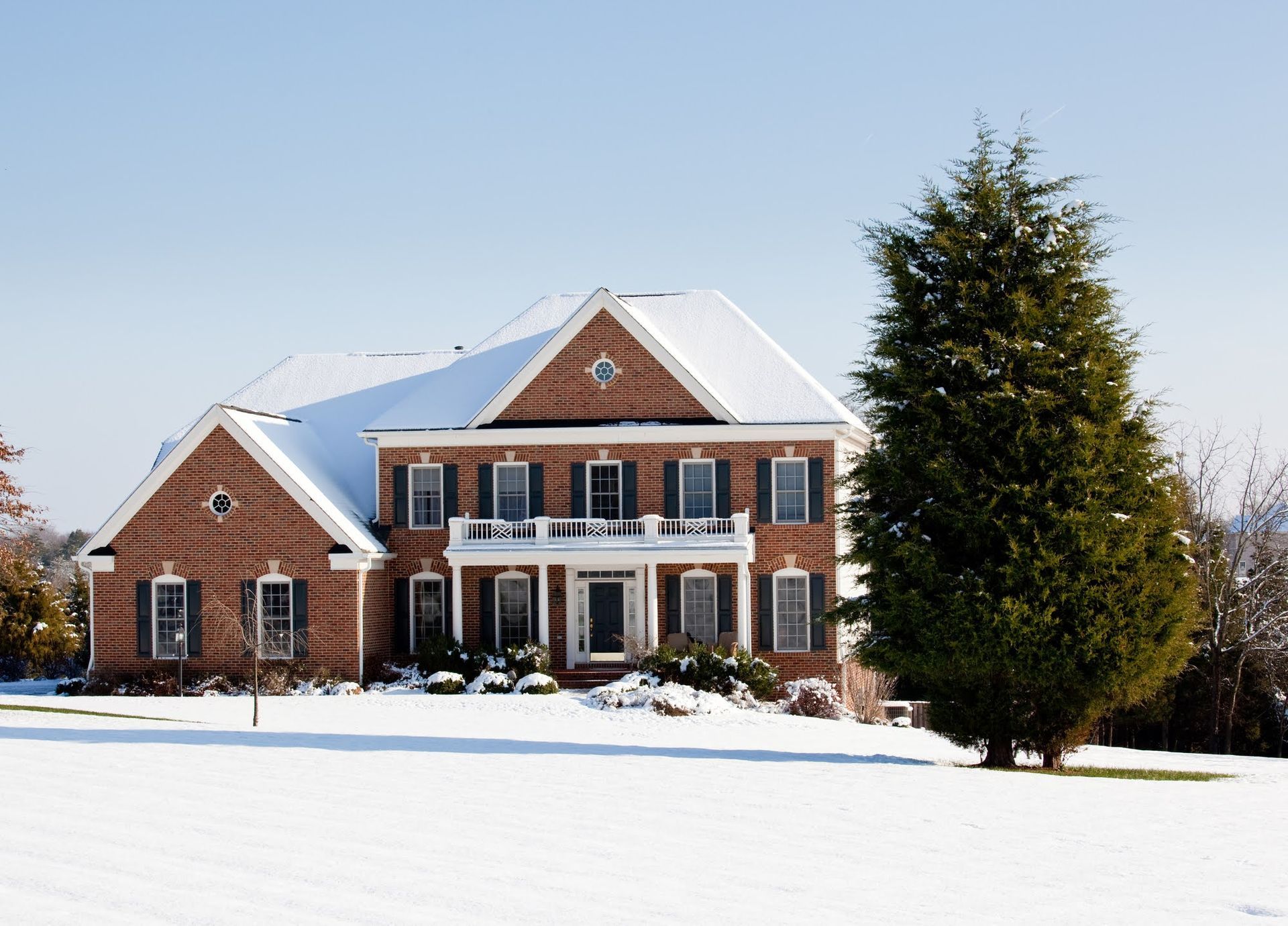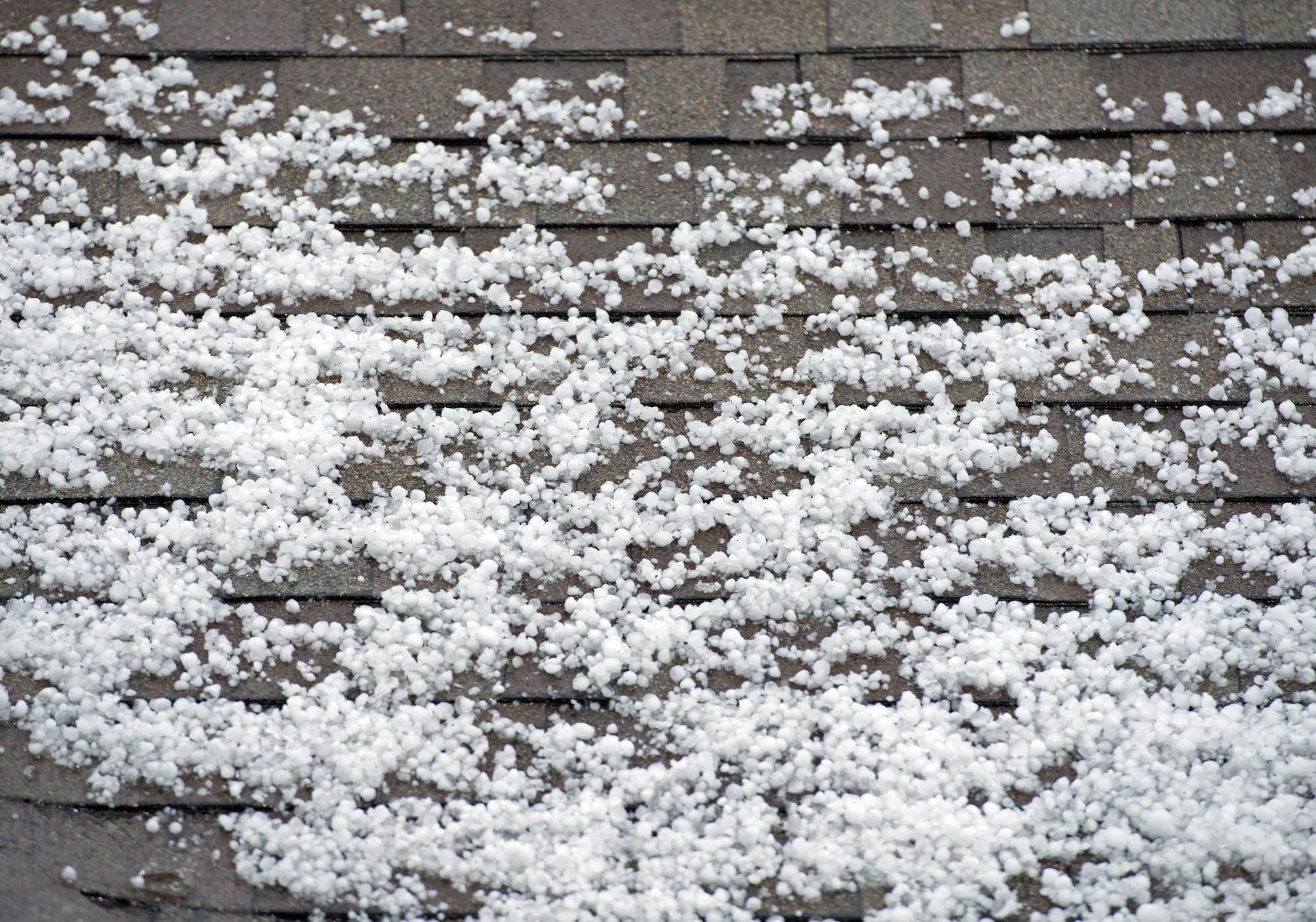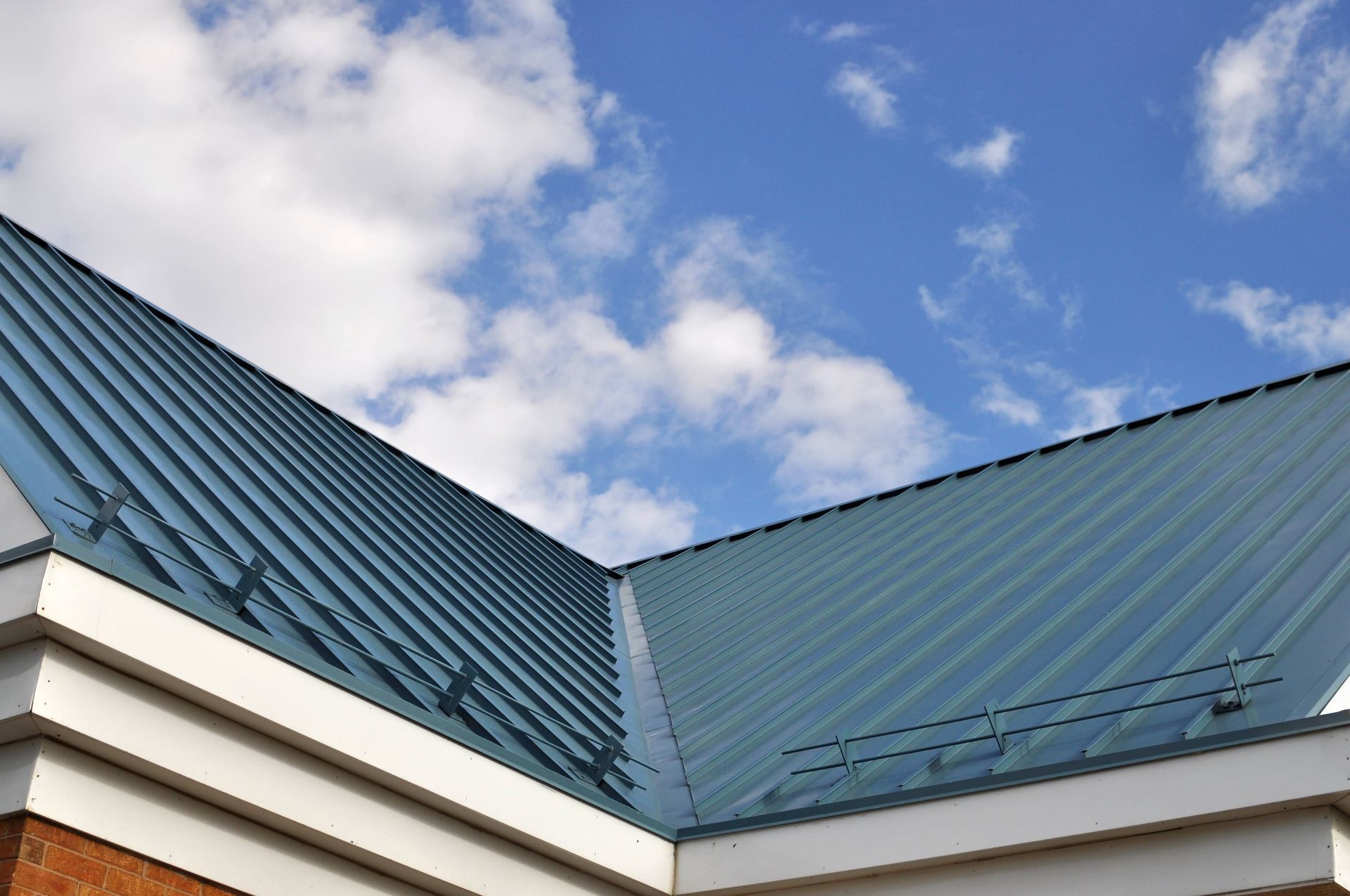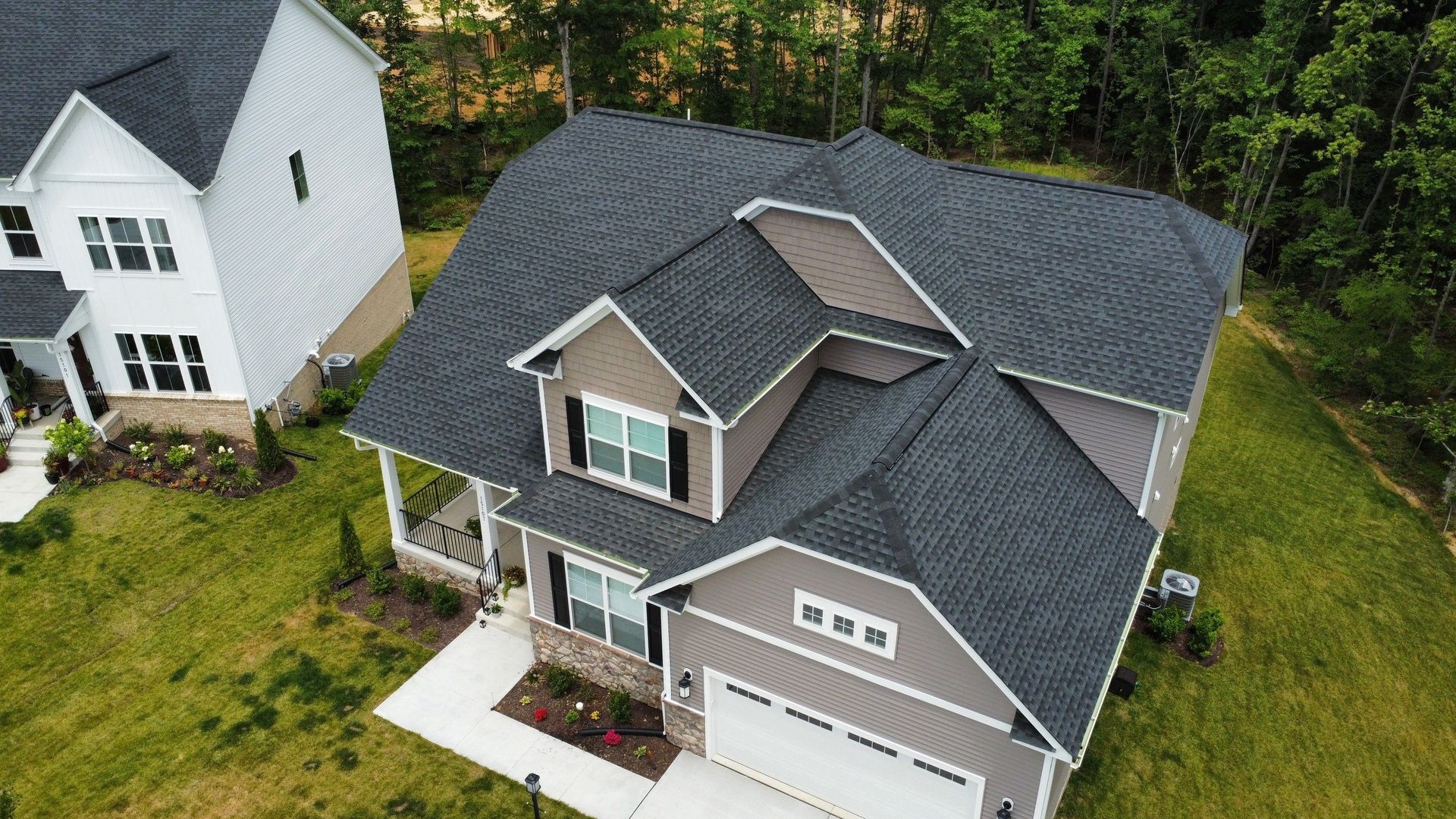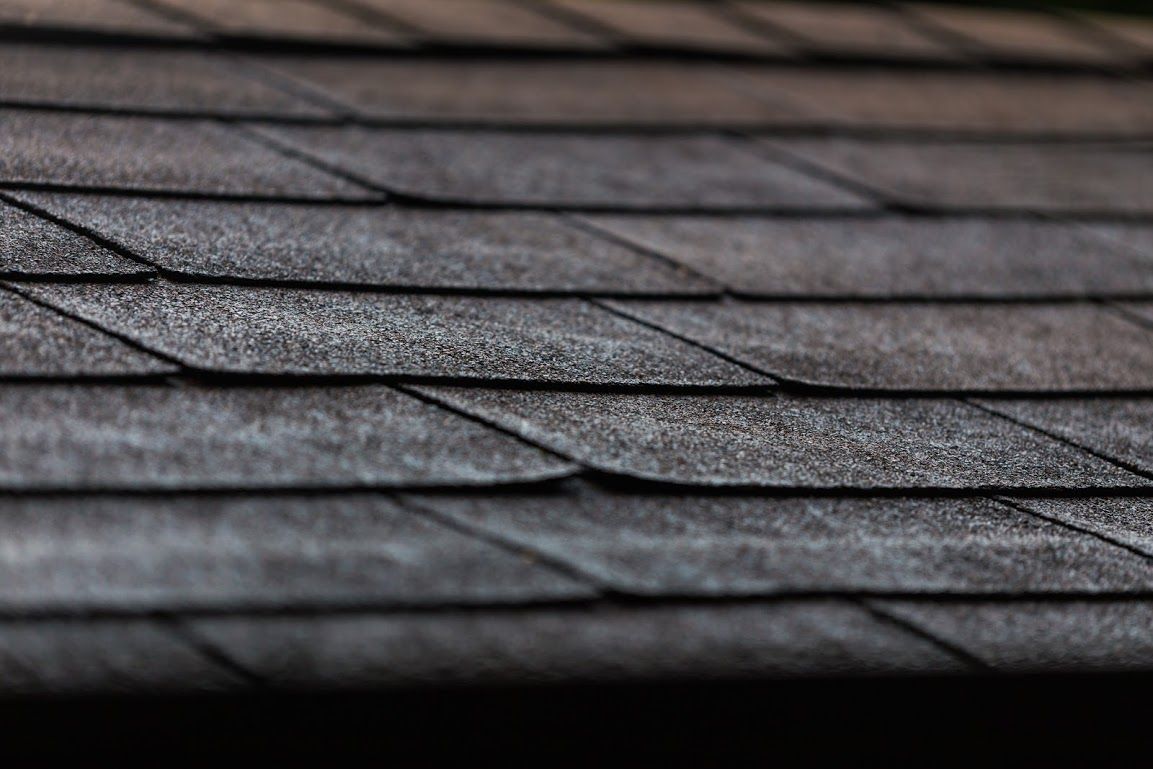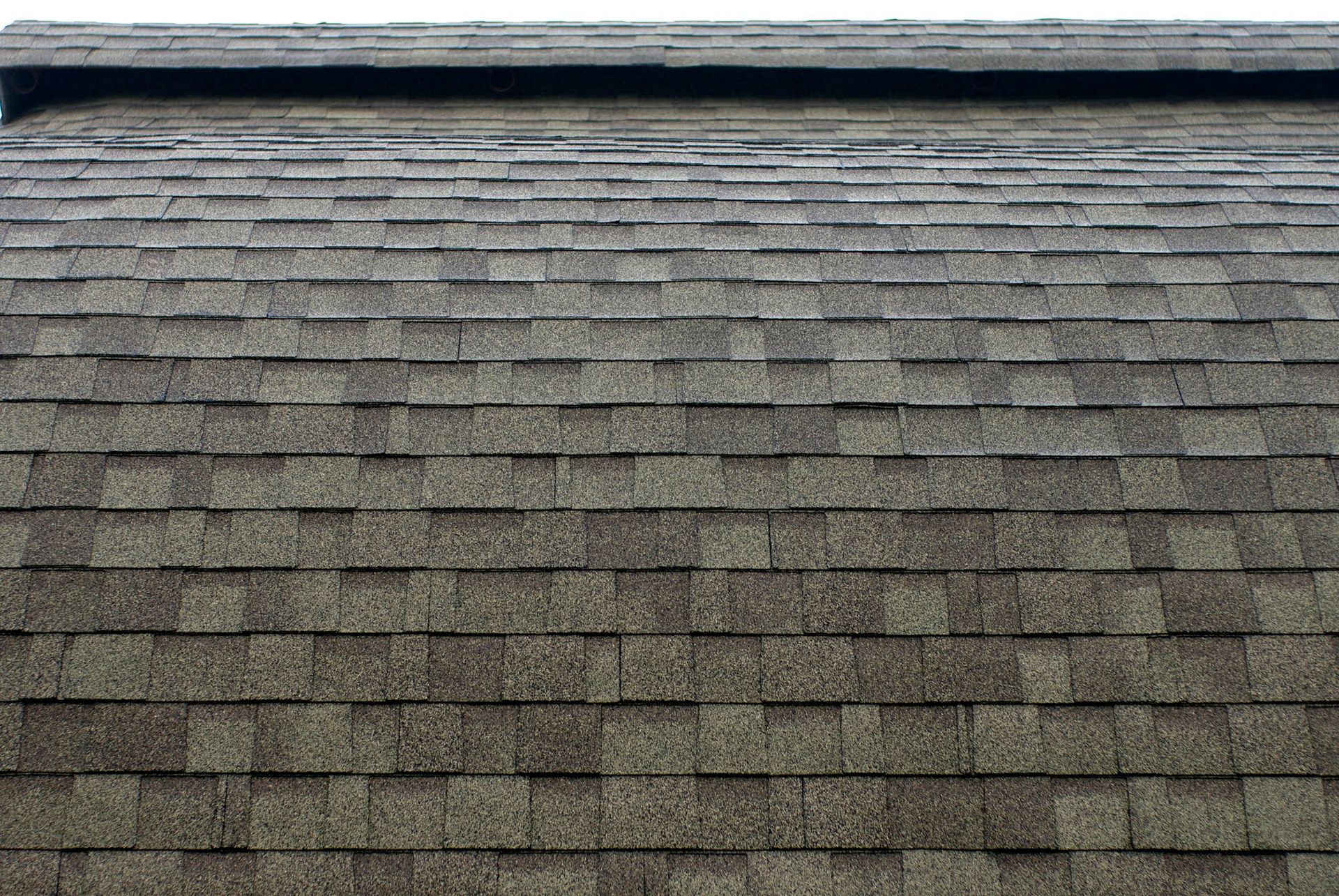5 Tips to Choose the Right Roof for Your Historic Home
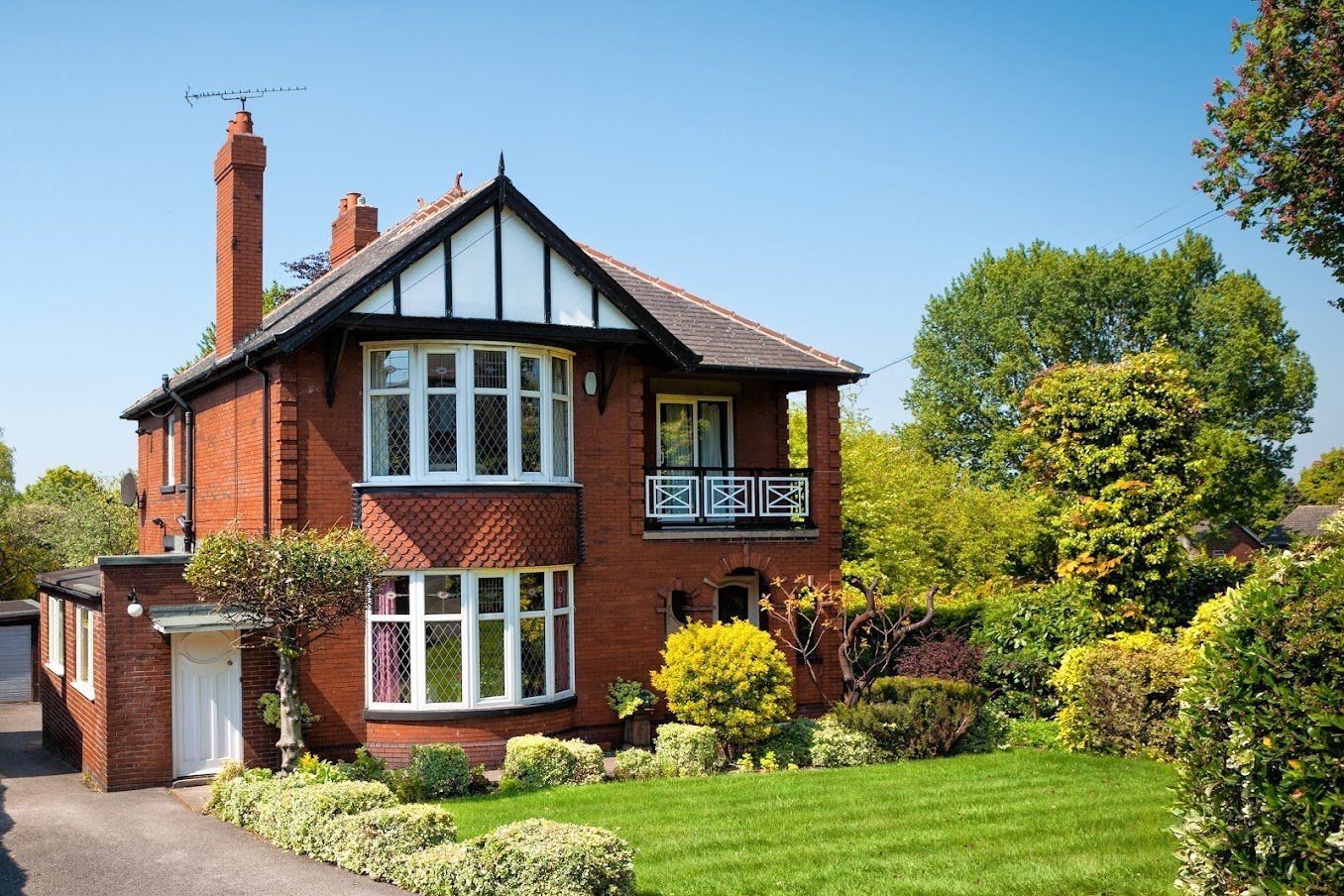
If you're lucky enough to be the owner of a historic home, you know how important it is that you preserve its beauty. The roof is an essential feature in the house because it's often the first thing people see when they approach your property, and it also protects everything beneath it. If you're considering a roof replacement, here are five tips to consider.
1. Temporary Patching
In most cases, you consider replacing your roof when it has severe damage, or multiple leaks are letting water inside the house to damage your belongings. That doesn't mean you rush through the replacement process. You still need to consider various factors like the building's specifications, the nature of the roof, and materials that can restore the house's former glory.
As you assess your options, you can have a professional roofing contractor temporarily patch up your roof to protect your property from leaks and other damage. These patch-ups shouldn't damage the surrounding roof or remove any materials you may need later, like the layer of the old roof underneath the current one.
2. Review Documents
Roof replacement for a historic home entails researching the building's history. The roof in place now may be the original or it may not be, so confirm whether it is or not. Documents on the home's past, such as original blueprints, old pictures, newspaper clippings, journals, and insurance surveys, will be critical in learning its roofing history.
Reviewing these documents may also help you know the old roof's color, material, and design. For example, you'll be aware if some shingles were laid non-traditionally or if there was stamping on the metal roof. It's recommendable to do these reviews together with a professional roofer, as they will help you make more sense of the information you find.
3. Check Physical Evidence
Apart from reviewing documents, a skilled roofer can examine physical evidence to provide you with further information regarding the roof. For instance, they may learn about the roofing system and materials used by checking old wood pieces, scraps, and nails. This calls for working with roofers who have prior expertise and experience with historic properties.
4. Consult Historical Organizations
If your historic property is located in a historic district, you might have to adhere to severe remodeling restrictions. You may also face building code restrictions, although there are exceptions for historic homes in some areas. While some historical organizations only allow traditional materials for a historic home's roof, most of them have no problem with placing a modern roof underlayment underneath those materials.
5. Consider Roofing Materials With a Historical Look
Some roofing materials used decades ago may be unavailable today. Luckily, there are many options today that can preserve the natural look of your historic building. These include:
Concrete or Ceramic Tiles
Clay tiles were common in old roofs. Unfortunately, clay is vulnerable to the elements, so if your antique home has clay tiles, consider stronger alternatives in concrete or ceramic tiles. These two options can replicate a look that is similar to the old clay and are cheaper.
Metal Roof
In the past, metal roofing materials such as lead, copper, and tin were prevalent. If your historic home has one of these metal roofs, you can replace it with a modern metal roofing material such as steel, aluminum, or tin.
Asphalt Shingles
Modern asphalt shingles come in a wide range of shapes, sizes, and colors. You can use them to mimic the look of traditional clay tiles, slate tiles, wood shingles, and historic roof shingles.
Replacing the roof of a historic home is no easy task. While choosing the right roofing material is a good start, you'll still need to hire skilled roofers to ensure the project is a success. If you're considering a new roof for your historic home, call our experienced roofing contractors at CB Chandler Roofing today!


